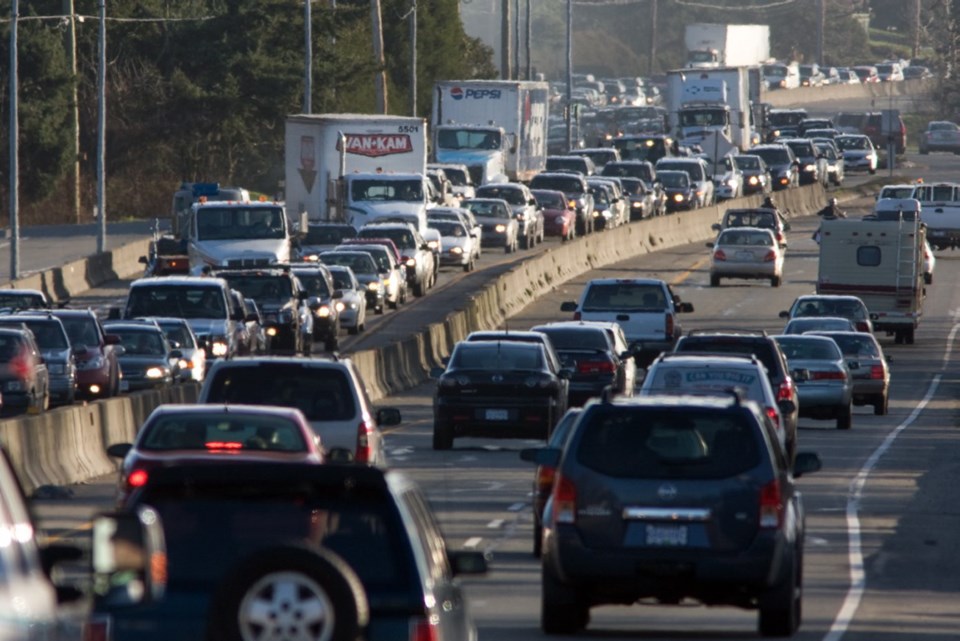Victoria councillors are driving an initiative to reduce the default speed limit on B.C. residential streets to 40 kilometres an hour.
“Consistency in speed zones is imperative but the council seems to have embraced it,” said Victoria Coun. Shellie Gudgeon, who first made the suggestion of the lower default speed three months ago.
Victoria councillors are now fine-tuning a resolution asking the Union of B.C. Municipalities to help lobby the province to make the change.
Gudgeon acknowledged it could be a hard sell in some more remote communities when the resolution is debated at the UBCM convention in September.
“We will have, obviously, push back from more rural communities. Victoria is unique from, say, some northern B.C. mill town,” she said, adding that a discussion about a strategy to get that support hasn’t happened yet.
Gudgeon’s suggestion came up during a conversation about lowering the speed limit on a stretch of Cook Street between Bay Street and Pandora Avenue.
Some of Victoria’s neighbouring municipalities, including Oak Bay and Esquimalt, have already embraced the 40 km/h limit on some of their main drags, she said.
“The default is 50, but I think the message being sent with the corridors being 40 is … to slow down in our neighbourhoods” she said.
“The message being sent to drivers is that this is a community. There are children. There are seniors. Slow down. I think it’s a powerful message being sent when communities have 40 km/h zones.”
Victoria could consider approaching municipal neighbours to adopt 40 km/h zones on corridors that link the communities, Gudgeon said.
While there is a growing movement to make 40 km/h the default municipal speed limit, Victoria staff have said the idea has not gained a lot of traction provincially.
And, without the province’s default residential speed reduced to 40, any municipality making the change on its own would face the expense of posting the new speed limit on all of its roadways.
Another concern that has been raised is that, while the province mandates the speed, the cost of enforcement falls to municipalities.
Still, some people are embracing the change. A group calling itself CARS (Community Advocates for Reduced Speed) has been formed in Saanich to speak on traffic issues.
And, after running a pilot program in six neighbourhoods, Edmonton will now consider 40 km/h limits in residential neighbourhoods when requested by community leagues.



